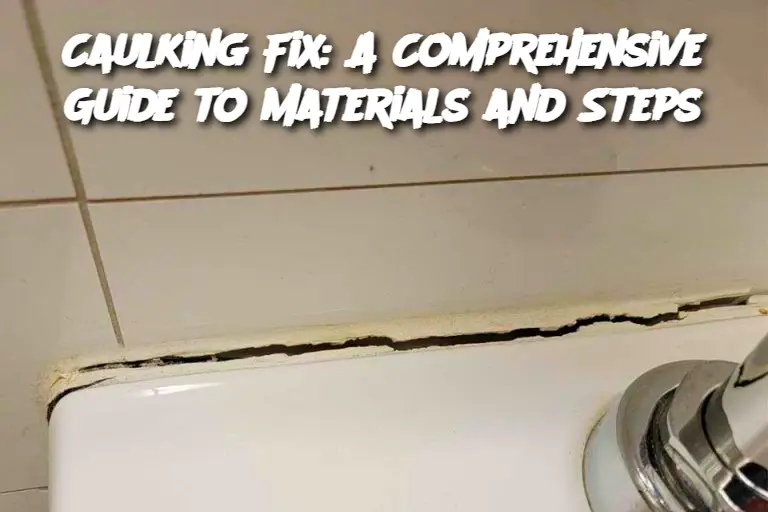ADVERTISEMENT
Silicone Caulk: Great for bathrooms and kitchens, silicone is waterproof and durable, making it ideal for areas exposed to high moisture.
Latex Caulk: Easier to clean up and paint over, latex caulk is perfect for indoor applications and areas with less moisture.
Polyurethane Caulk: Ideal for outdoor use, as it is resistant to the elements and provides a strong, long-lasting seal.
Frequently Asked Questions:
Can I caulk over old caulk?
While it’s best to remove old caulk for the best adhesion, you can caulk over it if it’s still in good condition and clean. However, applying fresh caulk over old material may not provide a long-lasting bond.
How long does caulk take to dry?
Most caulks take about 24 hours to fully cure, but drying times may vary depending on the type of caulk and environmental conditions.
Can I paint over caulk?
Yes, some caulks, such as latex, can be painted over once fully dry. Be sure to check the manufacturer’s instructions to confirm compatibility.
Is caulking a difficult task for beginners?
Not at all! Caulking is a simple and affordable home repair task that even beginners can manage with a little practice. Follow the instructions carefully and take your time for a smooth finish.
What happens if I don’t caulk my gaps?
Unsealed gaps can lead to drafts, moisture buildup, and even damage to your home’s structure over time. Caulking helps maintain energy efficiency and prevents water damage.
By following these simple steps and tips, you can tackle any caulking project with confidence, ensuring your home remains sealed and protected from the elements.
ADVERTISEMENT
